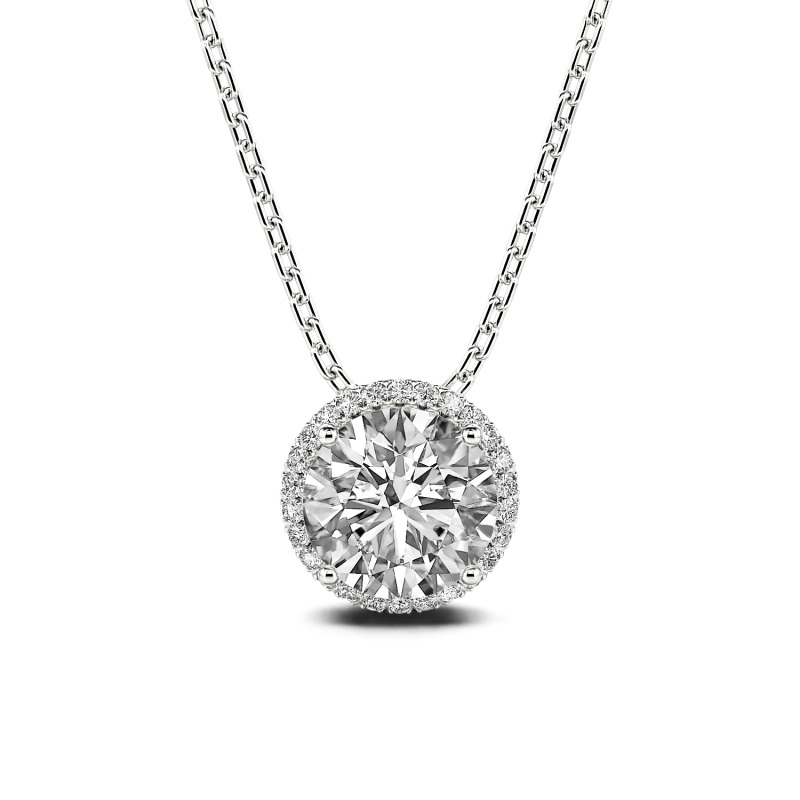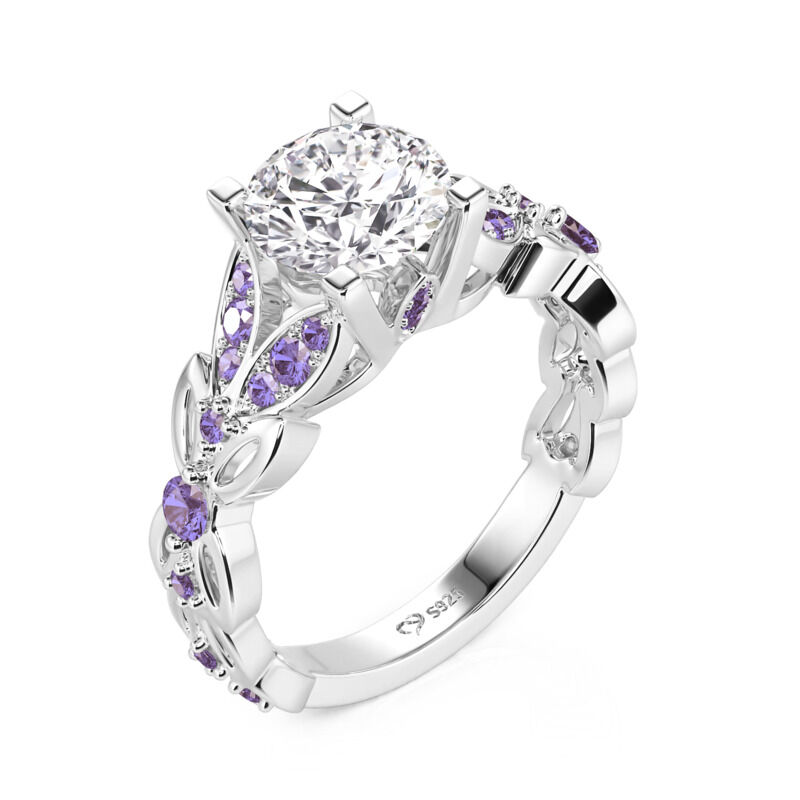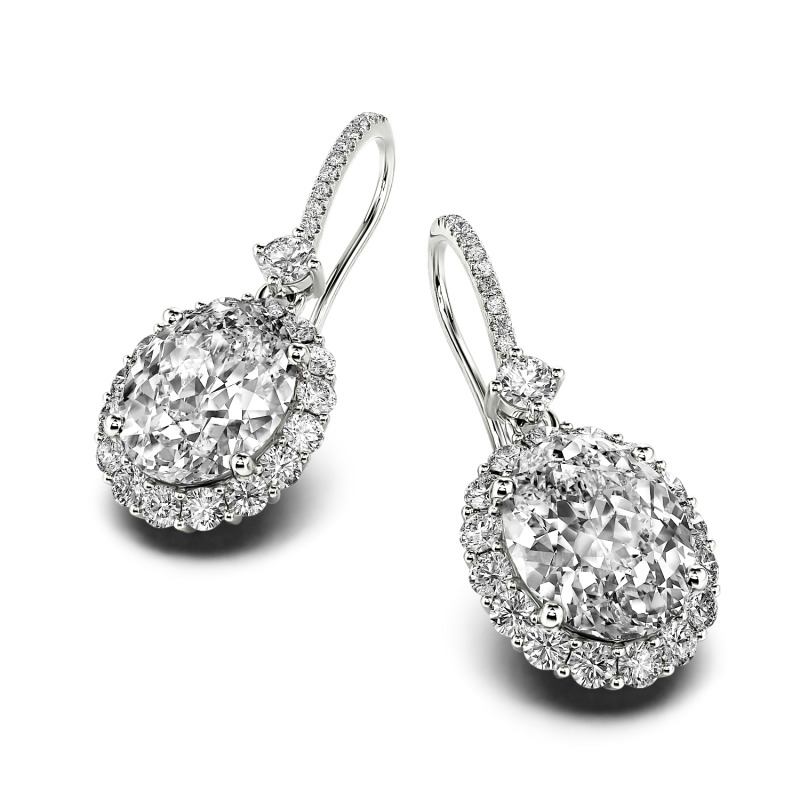White Gold vs. Sterling Silver, two dazzling contenders often steal the show with their cool, silvery gleam in the world of fine jewelry. On the surface, they might appear strikingly similar, both offering that lustrous, versatile aesthetic that complements virtually any outfit or occasion. But beneath their brilliant exteriors lie distinct differences in composition, durability, maintenance, and, of course, price.
If you’re contemplating a new jewelry purchase and find yourself caught between these two beautiful metals, you’ve come to the right place. Let’s break down the nuances to help you make an informed decision that perfectly suits your style, budget, and lifestyle.
White Gold vs. Sterling Silver: What Are They, Really

Before we dive into the comparison, let’s understand what each metal truly is.
White Gold: The Sophisticated Alloy
White gold isn’t naturally occurring. It’s an alloy created by mixing pure yellow gold with white metals such as palladium, silver, and/or nickel. The karat (e.g., 10K, 14K, 18K) indicates the percentage of pure gold in the alloy. For instance, 14K white gold contains 58.3% pure gold.
Because the underlying white gold alloy still has a slightly yellowish or grayish tint, most white gold jewelry is rhodium plated. Rhodium, a member of the platinum family, is an incredibly hard, white, and reflective metal that gives white gold its signature bright, mirror-like finish and enhances its durability.
Sterling Silver: The Accessible Classic
Pure silver is a naturally soft metal, too pliable for everyday jewelry. That’s why most silver jewelry you encounter is Sterling Silver. This alloy consists of 92.5% pure silver and 7.5% other metals, typically copper. The addition of copper increases its hardness and durability, making it suitable for crafting beautiful, lasting pieces. You’ll often see “925” stamped on sterling silver items, indicating its purity.
The Head-to-Head Comparison: White Gold vs. Sterling Silver

Now, let’s pit them against each other across the most important factors:
1. Appearance & Luster
-
-
- White Gold: Thanks to its rhodium plating, white gold boasts a very bright, cool, and highly reflective white finish. It has an intense, almost mirror-like shine that many find incredibly elegant.
- Sterling Silver: Sterling silver has a beautiful, softer, and slightly warmer white luster. Its natural brilliance is undeniable, though it might appear subtly less intense than freshly rhodium-plated white gold.
-
Bottom Line: Both are stunning, but white gold offers a cooler, brighter, more intense shine due while silver has a softer, warmer glow.
2. Durability & Longevity
-
-
- White Gold: Generally, white gold is a very durable metal, especially higher karats (like 14K or 18K). The rhodium plating adds an extra layer of protection, making it resistant to scratches and tarnishing initially. However, the rhodium plating will eventually wear off over time (typically 1-3 years depending on wear), revealing the warmer, underlying alloy and requiring re-plating.
- Sterling Silver: Sterling silver is softer than white gold, making it more prone to scratches, dents, and bending, especially with daily wear. Its most significant drawback is its tendency to tarnish. This means it reacts with sulfur in the air and moisture, causing a blackish discoloration.
-
Bottom Line: White gold is generally a more robust choice for everyday wear, but requires re-plating. Silver is softer and prone to tarnish and damage.
White Gold vs. Sterling Silver: Which One Should You Choose

The “best” choice truly depends on your individual priorities:
- Choose White Gold if:
- You’re looking for an engagement ring or a significant, long-term investment piece.
- You prefer a brighter, cooler, and more intense white luster.
- You prioritize durability for everyday wear and don’t mind the occasional professional re-plating.
- Your budget allows for a higher upfront cost.
- You’ve confirmed it’s nickel-free if you have sensitive skin.
- Choose Sterling Silver if:
- You’re seeking a beautiful, versatile, and affordable option for fashion jewelry or everyday accessories.
- You appreciate a softer, warmer white glow.
- You’re willing to regularly clean and properly store your jewelry to prevent tarnish.
- You have sensitive skin and prefer a generally hypoallergenic option.
- You’re building a diverse jewelry collection and want to experiment with trends without a huge investment.
Ultimately, both white gold and sterling silver offer unique charm and beauty. Armed with this knowledge, you can confidently select the metal that not only catches your eye but also perfectly aligns with your lifestyle and expectations for your next timeless piece.
More Jeulia Post:
Moissanite vs. Lab Diamond: Unpacking the Differences
